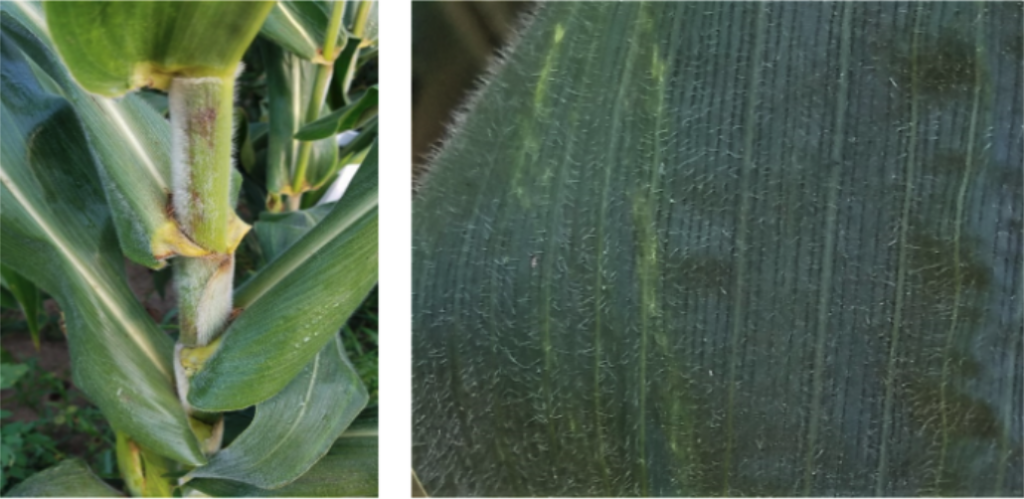Walter Goldstein of the Mandaamin Institute discusses how corn bred for optimal microbial interaction — varieties that utilize the rhizophagy cycle — can supply its own nitrogen and other nutrients and can outcompete weeds
Acres U.S.A. Could you tell us some of your background and how you got into corn breeding?
Goldstein. Sure. I have my master’s degree and doctorate in agronomy from Washington State University with a major in production and minor in breeding. And then I spent 25 years at the Michael Fields Agricultural Institute as a research director. In 2011 I started the Mandaamin Institute to continue the breeding work that we had been doing.
Acres U.S.A. What were your original crosses? And what were your original goals, and have those changed over the years?
Goldstein. Yes, they have, to a certain extent, but not in depth. When I first got started — this was in about 1987 — I was at a field day surrounded by a bunch of older farmers who were sustainable, or organic, or regeneratively oriented. They told me that they wanted me to work on breeding open-pollinated corn because they knew that it had better nutritional value and that animals liked it better than conventional corn. But they couldn’t grow it well because it would fall over at normal plant densities. They didn’t want to grow it on a larger scale because it hadn’t been bred for high population densities. But they knew it had better protein content and more minerals, and they wanted somebody to work on it.

So, they asked me to do that, and I didn’t quite know what to say. I had been involved in some selection work while I was at Washington State, and I was interested in corn, but I didn’t have much experience with it. The next summer I visited a gentleman named Albert Arens who was a kind of a maverick breeder in northeastern Nebraska. He had a company called Green Acres in Hartington, and he would breed for a lot of the organic farmers. He bred corn without any fertilizer.
I went to visit him and had a long conversation with him just before he died, and his nephew sent me a bag of corn that he had developed for planting at low plant populations in the dryland farming areas of Nebraska. It could respond if it was really dry, but if it was really wet and had lower densities, it would produce a lot of ears on each plant. I started experimenting with it and making crosses with native corn, because I was convinced that the native corn had the quality we’d lost with conventional breeding, and it needed to be bred back in.
I did that for about 14 years — breeding open-pollinated corn for farmers. I had a small clientele of farmers who were interested in it, and I’d go and select on some of their farms with them every year, but it was a small group of people.
Then we got to the turn of the century, and GMOs came in, and the organic farmers were very upset because they knew that their corn was going to get contaminated and they were going to be holding the bag.
So we had three listening sessions at organic conferences in Iowa, Wisconsin, and Minnesota. By that time I was working together with USDA and doing some projects with them, and we managed to get an appropriation to breed for organic farmers. We asked the farmers what they wanted. We knew what they didn’t want — they didn’t want GMO corn.
It turned out that there were three things that they were interested in. One was crops that would do well without nitrogen fertilizer. They wanted to use their own organic matter — the nitrogen sources from their farm — to grow their corn. The second one was weed control — they wanted corn that would compete well with weeds. And the third thing was nutritional value, although there was a bit of a split with this. The farmers who were just growing to sell grain didn’t want to take any yield loss for quality, because they weren’t going to be paid for that. But the farmers who were raising their own animals were more interested in it.
We got the same answers in the three different sessions. The majority of the farmers wouldn’t accept anything more than a 10 percent yield loss, even if there was higher quality. They didn’t want open pollinated because they knew it couldn’t yield that high. They wanted hybrids.
Support authors and subscribe to content
This is premium stuff. Subscribe to read the entire article.















